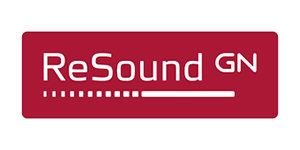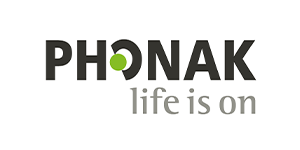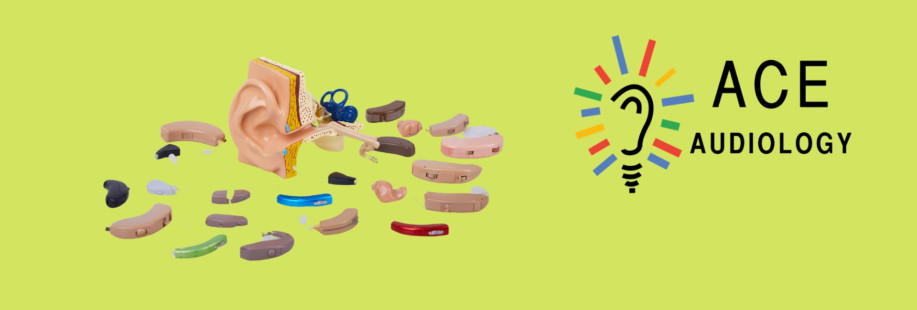HOW DO DIGITAL HEARING AIDS WORK
The term “Digital Hearing Aid” is really a form of shorthand to describe hearing aids whose processing of sound is primarily digital. However, it should be noted that there is an analogue phase at the input of sound at the hearing aid microphone and again at the output stage at the hearing aid loudspeaker.
The output of the microphone is converted to a digital format, in which sounds are represented as numbers. The more “numbers” you can have the more precise the representation of the original sound which is a good thing. Next the digitised sound is sliced up into chunks representing a fragment of the entire sound for digital processing.
Most of the magic happens in the middle. Having a fast chip speed and many channels helps clean up the sound, separate out the noise and then amplify it, customised for your precise hearing loss. A new hearing aid that is faster, means more processing can take place. Sound must be delivered to your ear very quickly otherwise you hear an echo. So, the faster we go the better it is. Each chunk is then put back together and delivered to your ear to enhance your communication ability.
HOW DO YOU CHOOSE A HEARING AID
Whenever you are thinking of “best hearing aids near me”, then always remember that the appropriate one is the Ace Audiology. ACE Audiology Melbourne examines eight-core factors when recommending your hearing aids. Four are categorized as “Personal Requirements” with the remainder being “Factual Limits”.
- Cosmetic Acceptance
- Individual Listening Goals
- Funding Limits
- Tech Preferences
- Complexity Limits
- Extent of Hearing Loss
- Ear Anatomy
- Dexterity limitations
Utopia is seldom achieved in any one instrument as one requirement may preclude another. Balancing these requirements in a logical and prioritised manner leads to the optimal solution that addresses your listening needs.
FACTORS TO CONSIDER
Bear in mind here our earlier discussion of “personal requirements” and “factual limits”. The most significant considerations here are your hearing loss characteristics, the size of your ear canal and your technical requirements. For the vast majority of hearing aid candidates, the best style of hearing aid is the Behind-The-Ear (BTE) with a receiver (loudspeaker) in the ear canal. This is often known simply as a RIC. The Behind-The- Ear hearing aid style is time proven to deliver the best balance of desirable characteristics to the hearing-impaired user compared to an In-The-Canal (ITC) style of hearing aid. A very severe hearing loss and/or a small ear canal clash (factual limits) with achieving optimal outcomes and it is every Audiologist’s duty to counsel you on these matters. Make sure you also read our features and benefits page.

STYLES OF HEARING AIDS
There exist two broad style groupings, these being in-the-ear and behind-the-ear. Within each of these two style groupings exist others such as invisible hearing aids and a wide range of options.
VIEW MORE
LONG WEARING HEARING AIDS
Much is said for long wear Invisible-In-The- Canal (IIC) hearing aids. These do have a place in the hearing market due to their convenience and obvious cosmetic appeal and overcome issues with occlusion often seen in ITC hearing aids.
VIEW MORE
BLUETOOTH HEARING AIDS
In early 2022 two way Bluetooth connections between a Smart Phone and a Hearing Aid became possible after major phone manufacturers released software updates to enable this technology. Find out more about this new technology.
VIEW MORE
DEGREE OF HEARING LOSS
A BTE Style of Hearing Aid can manage almost any degree and configuration of hearing loss and is adaptable should your hearing loss change, whereas the ITC style of aid does not.
VIEW MORE
COSMETIC BENEIFTS
The primary benefit of an In-The-Canal hearing aid is cosmetic, but only if you delete desirable functions such as a directional microphone, Bluetooth connectivity and Ear- To- Ear communication.
VIEW MOREACE AUDIOLOGY BRANDS
Whenever you are thinking of “best hearing aids near me”, then always remember that the appropriate one is the Ace Audiology. ACE Audiology Melbourne examines eight-core factors when recommending your hearing aids. Four are categorized as “Personal Requirements” with the remainder being “Factual Limits”.








